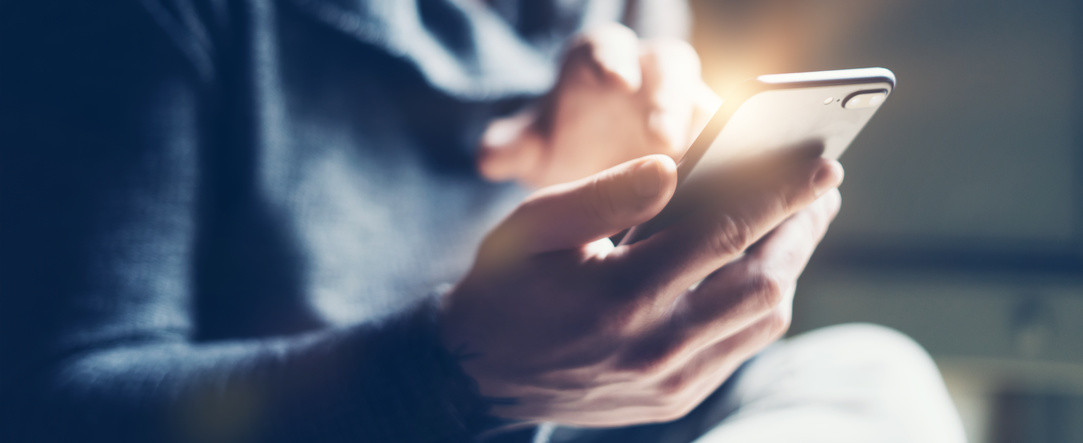
Data taken in 2016 showed that there were 3.5 billion internet users at that point. Also, research by the Pew Research Center has shown that 77% of Americans go online daily. As many as 43% reported going online several times per day, and 26% said that they are online nearly constantly. One major way that people access the internet is through smartphones and tablets. While some people understand the technicalities of all the available charging cables and cell phone cable accessories, some people can be confused by the differences among all the different options. Lately, there have been two charging cable types that have emerged as the leaders: Lightning and USB-C. While many know that the major differences are the companies that use them and the way that they look, there are other differences beyond just those two. Below is a brief description of the two and the differences between them.
Lightning
Lightning was introduced by Apple in 2012, coinciding with the iPhone 5, iPod Touch (5th generation), and others. The specifications of the lightning cable are possessed by Apple, so that other manufacturers wishing to make third party lightning cables have to pay a large sum to Apple. There is actually a chip in each lightning cable that tells the device that the cable (or cell phone cable accessories such as adapters) was manufactured either by Apple or an Apple-licensed company. Although it may sound simplistic, the biggest advance of the lightning cable was that it could be inserted in either direction. It still performs up to the standards of the competition, however for some the excitement of the public over being able to insert the cord either way has worn out somewhat. One of the main reasons that lightning is so commonly used is the fact that Apple refuses to allow any other cords to be used with their devices (with the exception of one type of Macbook). If you only have one option for the device that you want to use, then you are going to buy that option. In summary, Apple is able to legally “corner the market” on cables and cell phone cable accessories that work with their own products by only allowing their cables to work with their products.
USB-C
Many brands of cell phones use USB-C chargers. According to many, they offer more than the lightning cord. The USB-C is capable of completely charging a smartphone in minutes and has 24 pins (compared the lightning cord’s eight pins). USB-C is also capable of supporting up to 100 watts, while the lightning cable supports only a fraction of that total. Apple is even likely conceding defeat, as they announced last year that all their new iPads will use USB-C connectors, rather than lightning. However, it remains to be seen whether they will only support cables made by Apple or not.
It is a good idea to decide what type of cord you wish to use before purchasing your device of choice. If you are looking to sell cell phone cables or cell phone cable accessories, many customers recommend CableWholsale as a competitively priced wholesale outlet for all your cell phone cable and cell phone cable accessory needs. Consider giving their website a look today.








